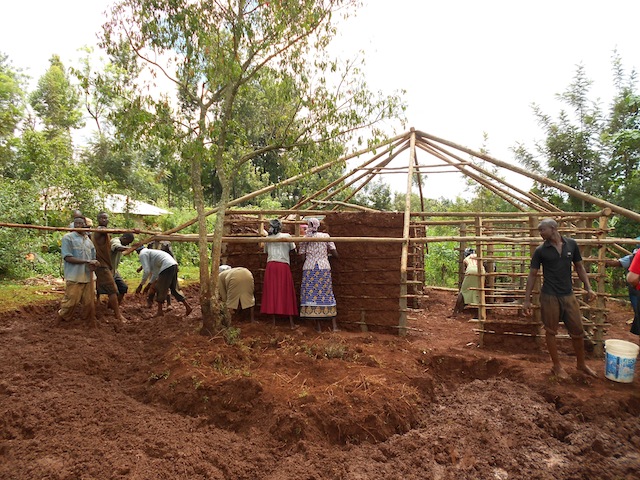Nurse practitioners aim to fill care gap
This repost from Georgia Health News was written by Alyssa Sellers a graduate student at the University of Georgia. She is currently pursuing a master’s degree in journalism and mass communication with a concentration in telecommunications in the Health and Medical Journalism Program at the University of Georgia.
Ms. Sellers interviewed co-director Barbara Glickstein for this article. CHMP co-directors and senior fellows are available as expert sources for the media. Health reporters can look to CHMP as a resource for leads to experts in health care and health policy for their reporting needs.
More and more Americans, especially in rural areas, say they have no primary care doctor. And the situation may get worse before it gets better. As millions of people become newly insured in 2014 and the population grows, many are worried that those with new coverage will overwhelm the nation’s already short supply of primary care physicians.
“Fifty years ago, half of the doctors in America practiced primary care, but today fewer than one in three do,” the Senate Primary Health and Aging subcommittee reported in January. And of the 17,000 new doctors graduating from medical school each year, only 7 percent choose a primary care career.
So who will fill this growing primary care gap, especially in rural America? In many cases, the answer is nurse practitioners (NPs) – advanced practice registered nurses who have earned a postgraduate nursing degree that prepares them to practice at a more advanced level than a regular RN. Continue reading here
This repost from Georgia Health News was






